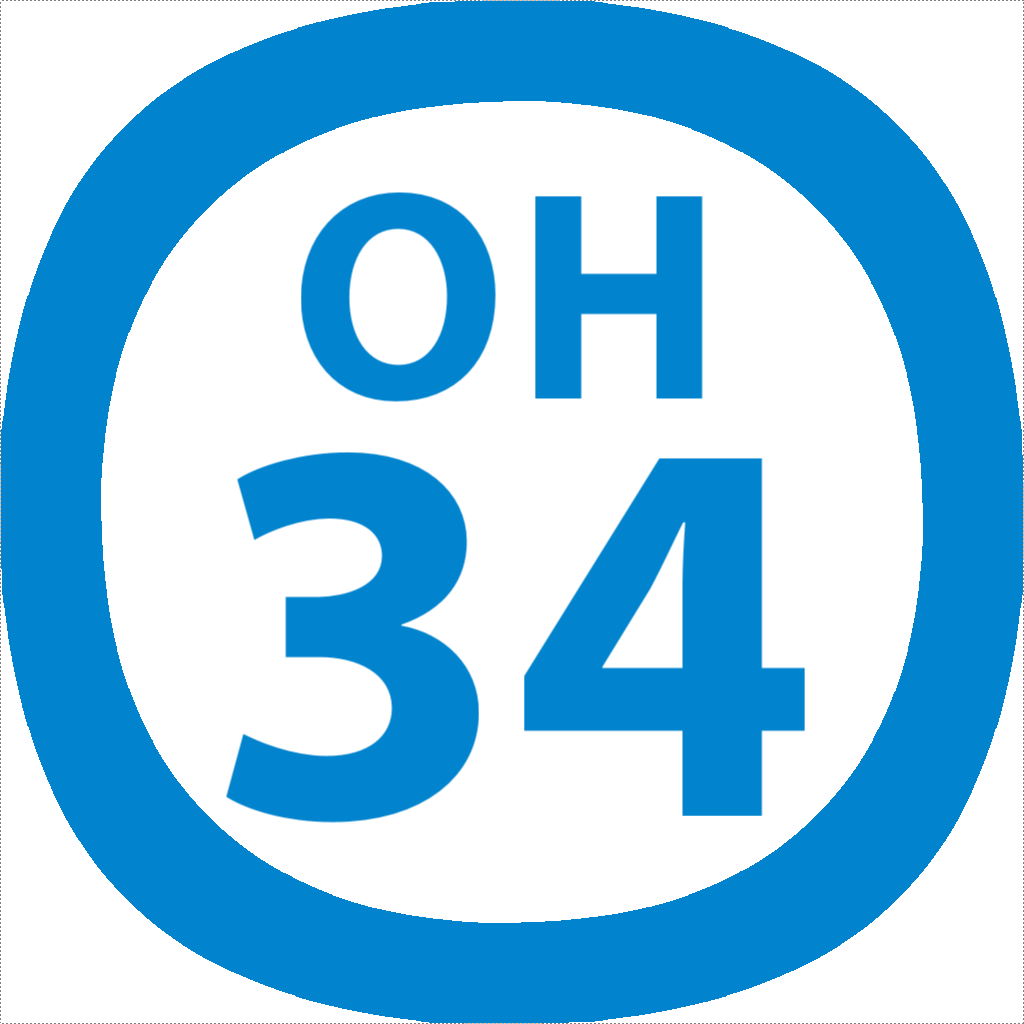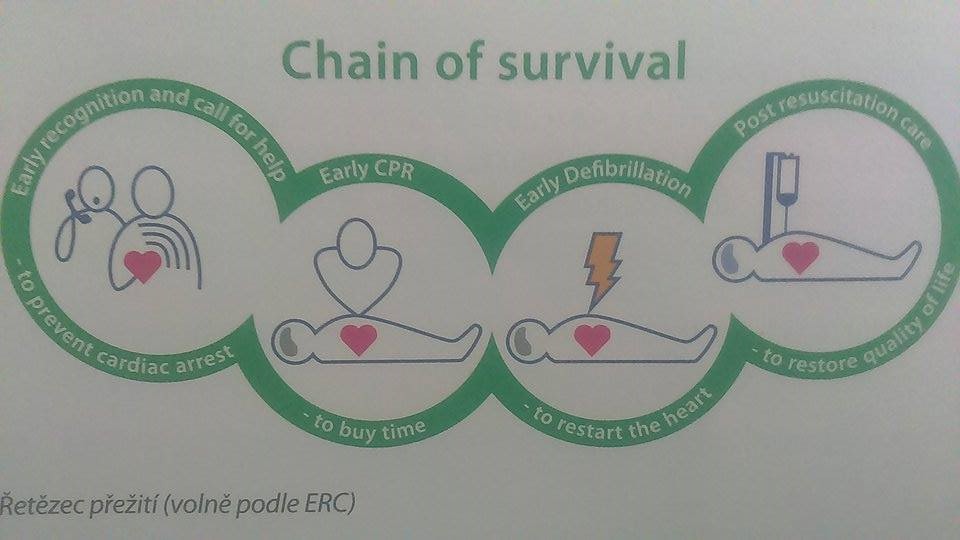|
Hon-Atsugi Station
is a major passenger railway station located in the city of Atsugi, Kanagawa, Japan, operated by the private railway operator Odakyu Electric Railway. Lines Hon-Atsugi Station is served by the Odakyu Odawara Line and is from the line's terminal at Shinjuku Station. Most local, section semi-express, and semi-express trains inbound from Shinjuku Station terminate at this stop and head back to Shinjuku. West of this station, most express trains stop at every station until the line terminus in Odawara Station. All rapid express and most limited express (Romancecar) services also stop here. Station layout The station is an elevated structure built into the building used by the Mylord shopping mall (one of four such shopping malls owned by the Odakyu Group). One of the station's exits leads directly into the 4th level of the shopping mall. The station has two island platforms serving four tracks. Platforms History The station opened on 1 April 1927 as for through trains. At ... [...More Info...] [...Related Items...] OR: [Wikipedia] [Google] [Baidu] |
Island Platform
An island platform (also center platform, centre platform) is a station layout arrangement where a single platform is positioned between two tracks within a railway station, tram stop or transitway interchange. Island platforms are popular on twin-track routes due to pragmatic and cost reasons. They are also useful within larger stations where local and express services for the same direction of travel can be provided from opposite sides of the same platform thereby simplifying transfers between the two tracks. An alternative arrangement is to position side platforms on either side of the tracks. The historical use of island platforms depends greatly upon the location. In the United Kingdom the use of island platforms is relatively common when the railway line is in a cutting or raised on an embankment, as this makes it easier to provide access to the platform without walking across the tracks. Advantages and tradeoffs Island platforms are necessary for any station with many th ... [...More Info...] [...Related Items...] OR: [Wikipedia] [Google] [Baidu] |
Shin-Yokohama Station
is a railway station in Yokohama, Japan, jointly operated by Central Japan Railway Company (JR Central), East Japan Railway Company (JR East), and Yokohama City Transportation Bureau. Lines Shin-Yokohama Station is served by the Tōkaidō Shinkansen, Yokohama Line, and Yokohama Subway Blue Line. Station layout The station consists of an island platform at ground level serving the Yokohama Line, with two elevated island platforms for the shinkansen tracks overhead. The shinkansen platforms 2 and 3 have safety fences, as some trains passed non-stop through the station prior to 2008. The JR Central portion of the station includes a ''Midori no Madoguchi'' staffed ticket office. Also, The JR East portion of the station includes a Reserved Seat Ticket Vending Machines. JR platforms File:JR_Shin-Yokohama_Station_Platform_1・2_(20210509).jpg, Platforms 1 and 2 File:JR_Shin-Yokohama_Station_Platform_3・4_(20210509).jpg, Platforms 3 and 4 File:JR_East_Shin-Yokohama_Station_Pl ... [...More Info...] [...Related Items...] OR: [Wikipedia] [Google] [Baidu] |
Morioka
is the capital city of Iwate Prefecture located in the Tōhoku region of northern Japan. On 1 February 2021, the city had an estimated population of 290,700 in 132,719 households, and a population density of . The total area of the city is . Geography Morioka is located in the in central Iwate Prefecture, at the confluence of three rivers, the Kitakami, the Shizukuishi and the Nakatsu. The Kitakami River is the second largest river on the Pacific side of Japan (after the Tone River) and the longest in the Tōhoku region. It runs through the city from north to south and has a number of dams within the city boundaries, including the Shijūshida Dam and Gandō Dam. An active volcano, Mount Iwate, dominates the view to the northwest of the city. Mount Himekami is to the north and Mount Hayachine can sometimes be seen to the southeast. Surrounding municipalities Iwate Prefecture *Hanamaki * Hachimantai * Takizawa * Miyako *Shizukuishi * Kuzumaki * Shiwa *Yahaba * Iwaizumi Demo ... [...More Info...] [...Related Items...] OR: [Wikipedia] [Google] [Baidu] |
Shoin University
is a private university in Atsugi, Kanagawa Prefecture, Japan. Founded as a women's school in 1941, Shoin became coeducational in 2004. It is a member of the Western Metropolitan Area University Association. History The predecessor of the school, a women's school, was founded in 1941. It was chartered as a women's junior college in 1985 and became a four-year college in 2000. In 2004, it became coeducational, adopting the present name. The Graduate School was founded in 2006, building upon existing institutional structures. Campuses Shoin has four campuses. *Atsugi-Morinosato Main Campus **Shoin Library * Atsugi Station Campus *Shimokitazawa Campus *Kitazawa Station Campus Faculties and Departments Undergraduate program *Faculty of Business Administration and Corporate Culture (経営文化学部) **Department of Business Management(ビジネス・マネージメント学科) **Department of Business and Law(経営法学科) *Faculty of Communication and Culture(� ... [...More Info...] [...Related Items...] OR: [Wikipedia] [Google] [Baidu] |
Station Numbering
Station numbering is a sign system which assigns station codes consisting of a few letters and numbers to train stations. It aims to facilitate navigation for foreign travelers not familiar with the local language by using globally understood characters (Latin letters and Arabic numbers). The system is now in use by various railway companies around the world such as in Mainland China, Indonesia, Japan, South Korea, Singapore, Taiwan, Thailand, and the United States. History Station numbering first introduced—but to less fanfare—in South Korea, by the Seoul Metropolitan Subway in 1983 as a section of Seoul Subway Line 2 ( Euljiro 1-ga to Seongsu) was opened. Its first usage in Japan was in the Nagasaki Electric Tramway where it was introduced in May 1984."History of Nagasaki Electric Tramway line transition", ''Stadtbahn'' issue 9, April 1984 The Tokyo subway system introduced station numbering in 2004. Sports events are usually the turning point for the introduction of s ... [...More Info...] [...Related Items...] OR: [Wikipedia] [Google] [Baidu] |
Automated External Defibrillator
An automated external defibrillator (AED) is a portable electronic device that automatically diagnoses the life-threatening cardiac arrhythmias of ventricular fibrillation (VF) and pulseless ventricular tachycardia, and is able to treat them through defibrillation, the application of electricity which stops the arrhythmia, allowing the heart to re-establish an effective rhythm. With simple audio and visual commands, AEDs are designed to be simple to use for the layperson, and the use of AEDs is taught in many first aid, certified first responder, and basic life support (BLS) level cardiopulmonary resuscitation (CPR) classes. The portable version of the defibrillator was invented in the mid-1960s by Frank Pantridge in Belfast, Northern Ireland and the first automatic, public use, defibrillator was produced by the Cardiac Resuscitation Company in the late 1970s. The unit was launched under the name Heart-Aid. Indications Conditions that the device treats An automated external ... [...More Info...] [...Related Items...] OR: [Wikipedia] [Google] [Baidu] |
Ticket Machine
A ticket machine, also known as a ticket vending machine (TVM), is a vending machine that produces paper or electronic tickets, or recharges a stored-value card or smart card or the user's mobile wallet, typically on a smartphone. For instance, ticket machines dispense train tickets at railway stations, transit tickets at metro stations and tram tickets at some tram stops and in some trams. Token machines may dispense the ticket in the form of a token which has the same function as a paper or electronic ticket. The typical transaction consists of a user using the display interface to select the type and quantity of tickets and then choosing a payment method of either cash, credit/debit card or smartcard. The ticket(s) are then printed on paper and dispensed to the user, or loaded onto the user's smartcard or smartphone. Ticket and fare formats For most of the twentieth century, ticket machines issued paper tickets, or tokens worth one fare each. Later, fare value was loa ... [...More Info...] [...Related Items...] OR: [Wikipedia] [Google] [Baidu] |
Jōban Line
The Jōban Line ( ja, 常磐線, ) is a railway line in Japan operated by the East Japan Railway Company (JR East). The line officially begins at Nippori Station in Arakawa, Tokyo before the line officially ends at Iwanuma Station in Iwanuma, Miyagi. However, following the opening of the Ueno–Tokyo Line, Jōban Line train services originate at or ; likewise, Jōban Line trains continue past Iwanuma onto the Tōhoku Main Line tracks to . The line approximately parallels the Pacific coasts of Chiba, Ibaraki, and Fukushima Prefectures. The name "Jōban" is derived from the names of the former provinces of Hitachi ( ja, 常陸, links=no), and Iwaki ( ja, 磐城, links=no), which are connected by the line to reach Tokyo. The section of the Jōban Line between and , which extends through the exclusion zone surrounding the Fukushima Daiichi nuclear meltdown, closed in the wake of the 2011 Tōhoku earthquake and tsunami and Fukushima Daiichi nuclear disaster. After some major re ... [...More Info...] [...Related Items...] OR: [Wikipedia] [Google] [Baidu] |
Ebina Station
is an interchange passenger railway station located in the city of Ebina, Kanagawa, Japan. It is jointly operated by the East Japan Railway Company (JR East), and the private railway operators Odakyu Electric Railway, and Sagami Railway (Sōtetsu). Lines Ebina Station is served by the following lines. *Odakyu Odawara Line *Sagami Line *Sōtetsu Main Line The station is from the Odakyu terminus at Shinjuku Station, from the Sagami Line terminus at Chigasaki Station, and from the Sotetsu terminus at Yokohama Station. Station layout Sōtetsu The Sōtetsu Main Line station has a bay platform, serving two tracks. JR East The JR Sagami Line station has a single island platform, serving two tracks. The station has a ''Midori no Madoguchi'' staffed ticket office. Odakyu The Odakyu Odawara Line station has two island platforms serving four tracks. History Ebina Station was opened on 25 November 1941 as the terminal station of the , now Sagami Railway). The Odakyu Line , ... [...More Info...] [...Related Items...] OR: [Wikipedia] [Google] [Baidu] |
Sagami Railway
The , or , is a private railway company operating three lines in Kanagawa Prefecture, Japan. It is a wholly owned subsidiary of holding company Sotetsu Holdings, Inc. Sotetsu Holdings is listed on the Tokyo Stock Exchange; 6.58% of it is owned by the Odakyu Electric Railway Company. Overview Sagami Railway is one of the core companies of the Sotetsu group. Sotetsu focuses on railway operations, although formerly it had a more diversified set of holdings, such as bus lines and supermarkets. Sotetsu is the smallest company of the "Big 15" railways in Japan, as it has only short lines, but it succeeded in developing towns along its lines in the 1960s and 1970s, with many passengers ride this line. In May 1990, Sotetsu joined the major railways. In 2010 it had a daily ridership of 623,500 Lines The company operates three passenger ( commuter) lines and a freight-only line. All lines are electrified. Passenger * Main Line from Yokohama Station in Yokohama to Ebina Station in E ... [...More Info...] [...Related Items...] OR: [Wikipedia] [Google] [Baidu] |
Tokyo Metro Chiyoda Line
The is a subway line owned and operated by Tokyo Metro in Tokyo, Japan. On average, the line carries 1,447,730 passengers daily (2017), the second highest of the Tokyo Metro network, behind the Tozai Line (1,642,378).Tokyo Metro station ridership in 2010 ''Train Media (sourced from Tokyo Metro)'' Retrieved July 23, 2018. The line was named after the Chiyoda ward, under which it passes. On maps, diagrams and signboards, the line is shown using the color green (), and its stations are given numbers using the letter "C". Overview The 24.0 km line serves the wards of[...More Info...] [...Related Items...] OR: [Wikipedia] [Google] [Baidu] |







